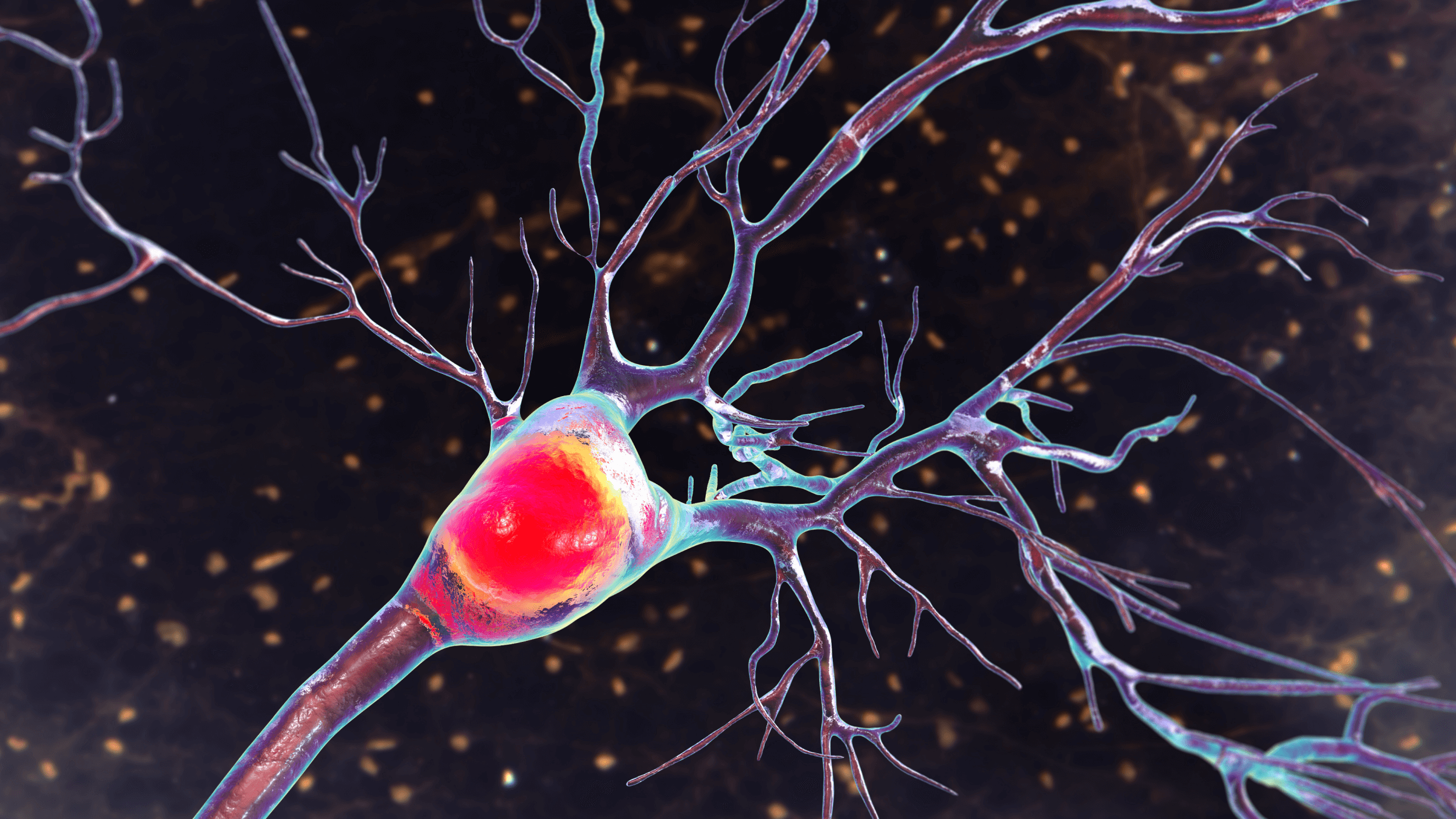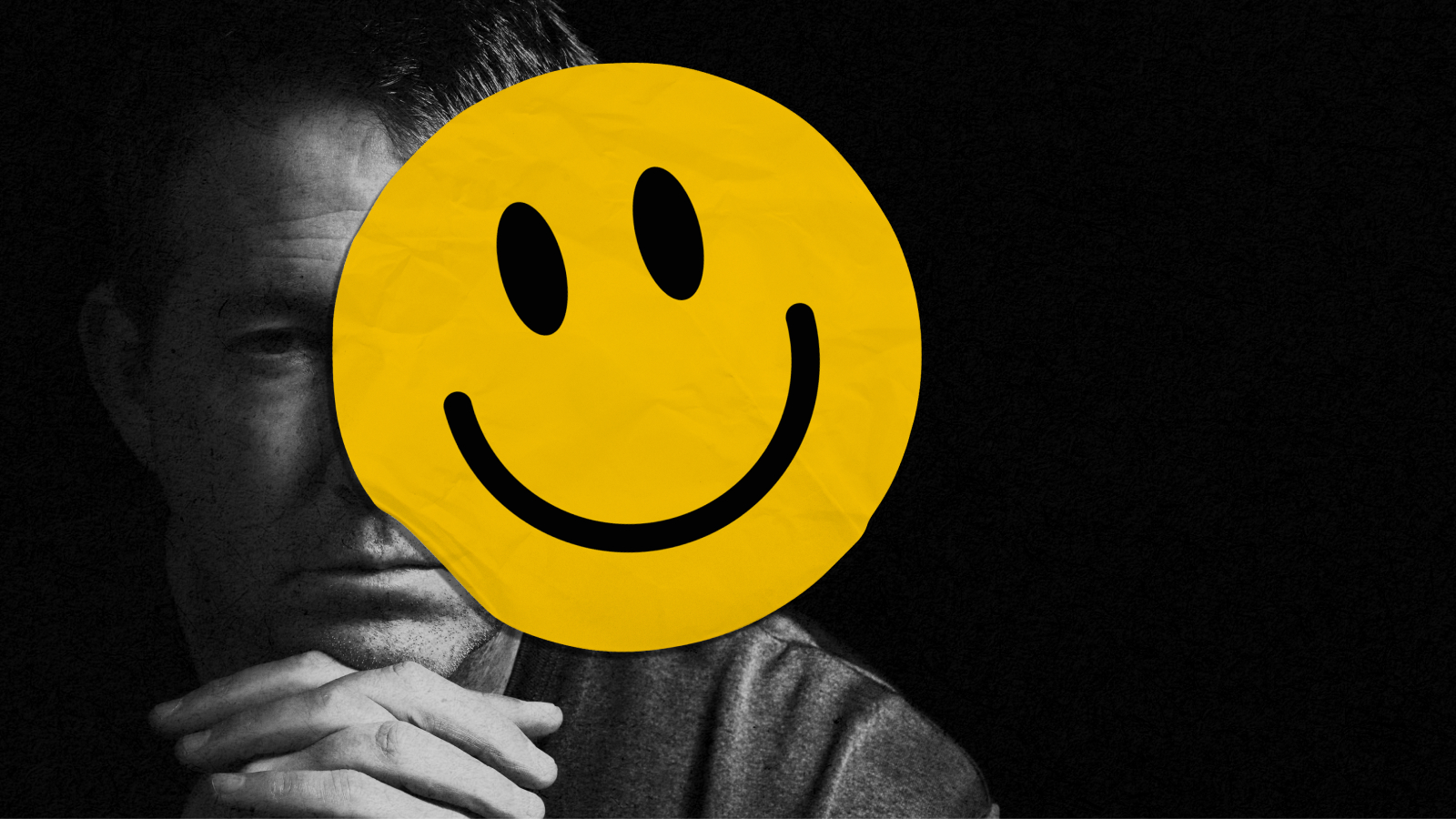The basic technologies to enable us to look inside the brain and see its functioning are growing exponentially. And they’re at a point now where we can actually see individual interneural connections forming and firing.
Ray Kurzweil: We've already shown that we can connect computers to neurons and we have neural implants. They're actually pretty small. This Parkinson's implant is pea-sized. It's placed actually in the body and they connect it into the brain and you can download new software to that computer inside your body, connecting your brain from outside the patient.
That's today. Another one of the exponential trends is that we're shrinking technology. It's actually a rate of about 103 volumes per decade. So at that rate, it won't be pea-sized in 20 years. It'll be blood cell sized and we can send them in through the blood stream.
Ultimately, we can send these in without surgery, but even with surgery we can tackle more serious brain dysfunction, which is already starting to happen and the latest generation are programmable machines and the Parkinson's implant first was just connected to one spot and then two, then four, now they're going for like hundreds of connections into the neocortex. So we see the same kind of exponential ramp up.
But if you're really going to continue to make progress, you have to basically understand how the system works. It's very hard to fix a vacuum cleaner if you don't understand its method of operation. The design of the human brain is contained in the genome. I show in the book there's only about 25 million bytes of design information in the genome pertaining to the brain. That's a complicated derivation, but there's not much data in the genome.
Well so how does 25 million bytes of design information create this entity with hundreds of trillions of connections through redundancy. There's a great deal of repetition. It's like saying, oh, a forest is much too complex a concept for us to understand because it's got, you know, trillions of branches, there's millions of trees, and every tree has lots of branches and every branch has lots of different twists and turns and how could we possibly understand that.
Well there's some principles about how a forest is organized that we can understand and we can do – it's actually easier to understand than the concept of a tree and I think the brain is easier to understand than the concept of a neuron. The basic technologies to enable us to look inside the brain and see its functioning are growing exponentially. And they're at a point now where we can actually see individual interneural connections forming and firing.
We can see your brain creates your thoughts. We can see your thoughts create your brain 'cause that's key to the secret of its operation that we actually create the connections that constitute the hierarchy of the neocortex from our own thoughts.
Directed/Produced by Jonathan Fowler and Elizabeth Rodd.






